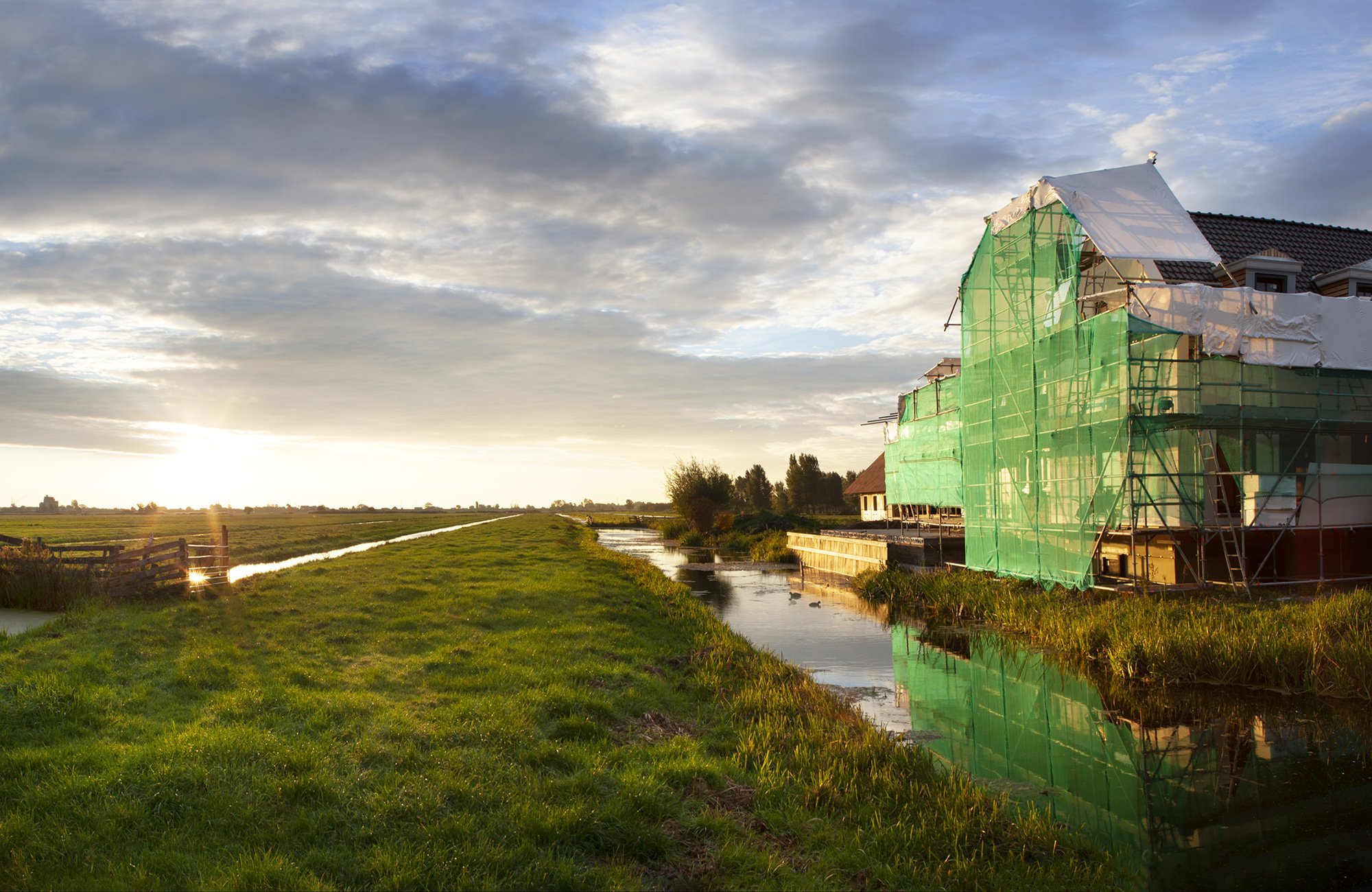Afsluitdijk Project uses less concrete through new design
The Afsluitdijk is being reinforced and raised in height. For a dike that’s some thirty-two kilometres in length, this would have quickly resulted in a huge use of concrete and associated carbon emissions. However, innovations in the water barrier element design have enabled considerable savings in concrete use. The Afsluitdijk project demonstrates that the design can also be important in reducing carbon emissions.
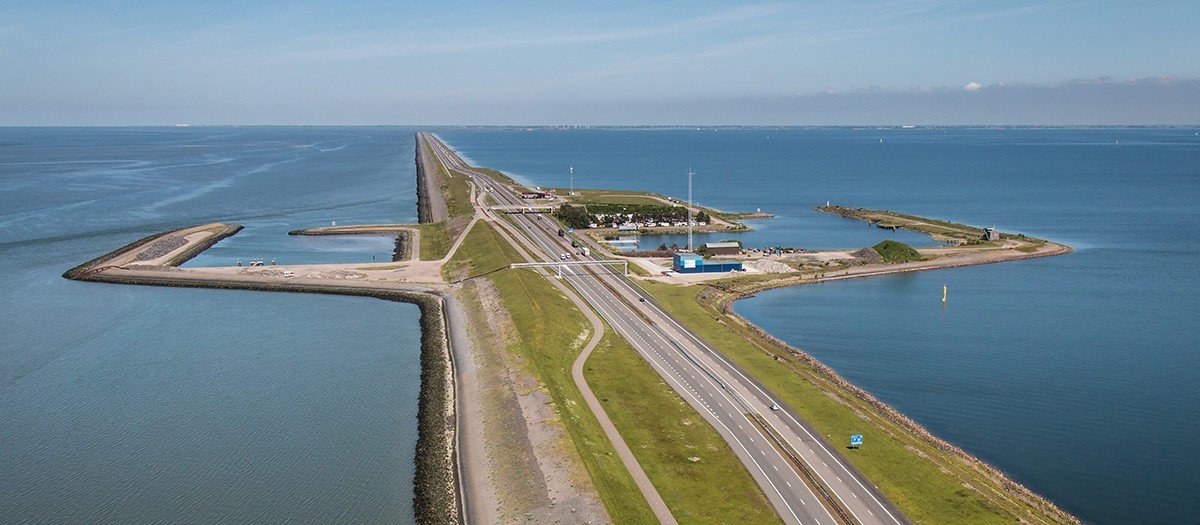
The structure and use
The Afsluitdijk is the water defence that closes off the IJsselmeer from the Wadden Sea. The dike was constructed to protect the Netherlands from flooding. It is also a connecting road between Friesland and Noord-Holland. Both a highway and cycle path have been constructed on the Afsluitdijk. Shipping can pass between the IJsselmeer and Wadden Sea via the Lorentz locks on the Frisian side and the Stevin locks on the Noord-Holland side.

The renovation plan
The Afsluitdijk, a hydraulic engineering icon in the Netherlands, is undergoing a major overhaul. With this renovation, Rijkswaterstaat is aiming to better protect the Netherlands from potential flooding, which is an increasingly serious threat due to rising sea levels. However, it’s not that simple and involves much more than just piling up sand, clay and stones.
Material use
On the Wadden Sea side, where the power of the water is highest, the Afsluitdijk is being covered with concrete elements. Levvelblocs (also known as XblocsPlus) are being installed at the bottom of the embankment, while the top of the embankment is being reinforced with Quattroblocks. Both blocks are new on the market and have recently been tested in the Deltagoot in Delft; a test assembly where waves can be simulated. Both the Levvelbloc and the Quattroblock were developed based on existing systems. However, the innovation lies in the blocks’ shape. The Levvelblocs work rather like roof tiles. A higher row of blocks holds a lower block in place. This creates a water barrier comprised of cohesive elements and one that looks sleek and flat on the surface. In the case of Quattroblocks, four concrete columns form one element. As the structural connection provides much more stability than in previous systems, much less concrete is needed to hold the water barrier in place, even during severe storms. According to Levvel’s Project Director, Carlos Mollet, the Levvelbloc results in 200,000 m³ savings in concrete use or a saving of 35%. Special equipment is being used to lay the concrete blocks over the old basalt blocks, each of which was laid by hand almost 90 years ago. Together with transport optimisation, equipment use and reuse of the current basalt columns as aggregate, this ensures a 56% reduction in carbon emissions.
Other measures
The Afsluitdijk project comprises a wide range of measures. The environmental impact of all measures has been taken into consideration for all measures. Energy neutrality is one of the project objectives. At Den Oever, for instance, the sluice gates are being expanded and two large pumping stations installed. This enables excess water that ends up in the IJsselmeer via the IJssel river to be pumped into the Wadden Sea. The energy consumption of the pumps is being reduced through the installation of eight new sluice gates. Although the addition of the sluice gates has increased the construction costs, this does reduce the pumps’ energy consumption and maintenance. The energy to operate the pumping stations comes from a solar panel complex of some 2.7 hectares. The complex is large enough to compensate for the entire Afsluitdijk energy consumption.

Milieudatabase.nl would like to demonstrate projects with a low EPB. If you’re working or have worked on a project with an EPB of 0.5 or lower, please let us know. You can register your project via the following email address communicatie@milieudatabase.nl
This page has been translated using DeepL
Related articles
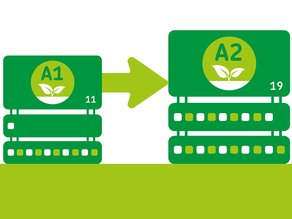
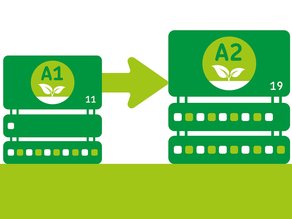
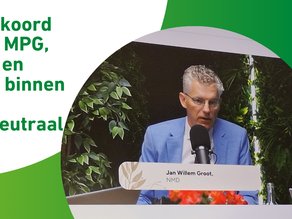

Altijd actueel:
nieuws over duurzaam bouwen en milieuprestatie & milieudata
Ontvang elke maand het laatste nieuws duurzaam bouwen, milieuprestatie,
milieudata, inclusief tips en voorbeelden uit de praktijk.
